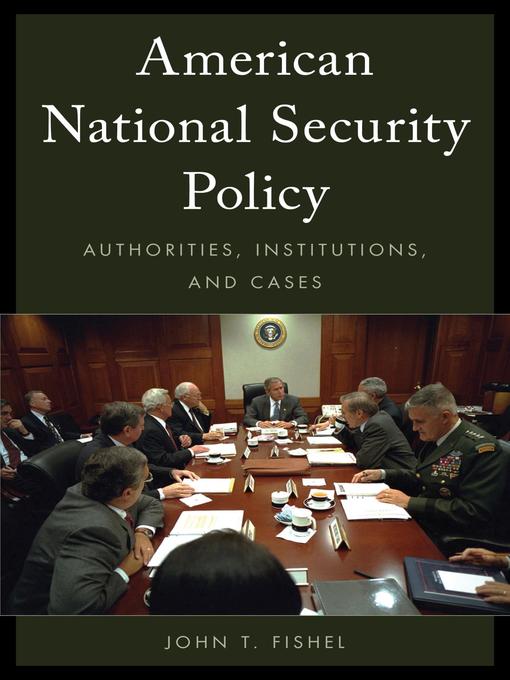To understand national security policy, the book first needs to address the way national security policy makers see the world. It shows that they generally see it in realist terms where the state is a single rational actor pursuing its national interest. It then focuses on how legislative authorities enable and constrain these policy makers before looking at the organizational context in which policies are made and implemented. This means examining the legal authorities that govern how the system functions, such as the Constitution and the National Security Act of 1947, as well as the various governmental institutions whose capabilities either limit or allow execution, such as the CIA, NSA, etc. Next, the text analyzes the processes and products of national security policy making, such as reports, showing how they differ from administration to administration. Lastly, a series of case studies illustrate the challenges of implementing and developing policy. These span the post-Cold war period to the present, and include the Panama crisis, Somalia, the Balkans Haiti, the Iraq wars, and Afghanistan. By combining both the theory and process, this textbook reveals all aspects of the making of national security policy in United States from agenda setting to the successes and failures of implementation.

